A Giving Choice For Playground Surfacing
Rubber is a product that has withstood the test of time as a surfacing material and has proven itself in many applications. Although there are several different types of rubber surfacing available, poured-in-place is a core product in rubber playground surfacing.
Poured-in-place surfacing is a two-part process in which rubber buffings that are free of metals and contamination are blended with high-grade urethane binders and applied to a sound surface such as concrete, asphalt, stone or graded sand. The product is generally trowel applied and can be of varying thickness depending on the fall-height requirements for the specific job.
After allowing the base coat to cure, a second coat of colored EPDM rubber granules mixed with the same high-grade urethane binders are applied to the surface and troweled smooth. The general thickness of the topcoat EPDM is one-half inch since this is the wear layer of the safety surface. The urethane binder often used is a one component MDI-based polyurethane prepolymer. The product is moisture cured and cure time varies with temperature and humidity. High temperature and high humidity decrease cure time while low temperature and low humidity increase cure time. Generally, forty-eight hours is recommended to all customers as the cure time prior to exposing the surface to foot traffic or other activity.
In addition to poured-in-place surfacing, these same components are used in the manufacturing of rubber BY TOM DI LACQUA mats and tiles of varying thicknesses and sizes. This is a good alternative to those who have specific applications in which poured-in-place is not feasible or practical. As with any surfacing, it is critical that the product is tested by a reputable testing service. The important ASTM specifications directly relating to shock attenuating safety surfaces are ASTM F-1292-96 and F-355-9 5. These specifications relate to the maximum drop height that gives a "G" max of 200 or less and a HIC of 1000 or less. The second is ASTM E303-93 which is a skid resistance test performed under a variety of wet and dry conditions. The third is ASTM E648-97, which is the Standard Test Method For Critical Radiant Flux of Floor Covering Systems using a Radiant Energy Source. Simply stated, this test measures the burning characteristics of the submitted sample. Anyone considering the use of rubber surfacing should be familiar with these specifications and request test results when considering installation. It is estimated that seventy-two percent of all playground injuries result from falls from the equipment to the ground. With such a high percentage of injuries due to falls, it is of the utmost importance that a quality surface is chosen.
Although poured-in-place is a solid option for surfacing needs, it may not always be the best option. Poured-in-place surfacing has its roots in the soft contained playground industry and has expanded its applications from that point. The critical fall height standard for soft-contained equipment is four feet. Because the only areas requiring surfacing are entries, exits, traffic areas and slide exits, a two- inch thick surface is sufficient to stay within ASTM guidelines. The restaurant industry is one application where it is well suited. Most restaurant play areas are indoors where the surface is not exposed to the elements. This greatly increases the longevity of the product. Poured-in-place is also an easily cleanable product, which also benefits the restaurant industry. A daily vacuuming and weekly housing will help to maintain the surface. A cleaning once a month with a soft brush and mild detergent will remove embedded soils, and stains, and keep the floor looking new. This product is also well suited for outdoor applications although the life expectancy is decreased due to exposure to the elements. Applications for use such as parks, public playgrounds, and outdoor composite structures are generally not practical for this product.
The first thing that must be considered is cost. Because of the large area of surfacing required for these types of equipment and the thickness required to meet fall height requirements, it generally becomes cost prohibitive. Outdoor structures of this type generally do well with engineered wood fiber or rubber mulch. The installed cost for engineered wood fiber may be lower initially as compared to rubber mulch, but it is a product that must be constantly maintained. Most municipalities do not have the money required to dedicate personnel and materials solely to the maintenance of this type of surface. Rubber mulch, on the other hand, is a permanent product. It does not deteriorate or absorb water the way wood fiber does; it is a very low maintenance product and can be installed either loose or with a binder to make a unitary surface. Although the initial installed cost may be higher, the longevity and low maintenance should be considered. On a long-term scale, the cost for rubber-based surfacing in these types of applications is actually less than that of other types of safety surfacing.
Regardless of the type of surfacing ultimately chosen for a playground, the key to reducing injury and exposure to liability is to maintain a safe play environment. This maintenance should extend to the surfacing also, not just the equipment. Whatever the choice for surfacing, let's not forget that safety for the children who use these playgrounds should be everyone's number one priority.
Tom Di Lacqua works for Kids Playtime, Inc.




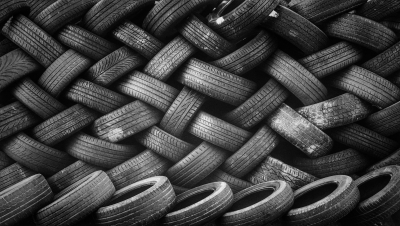


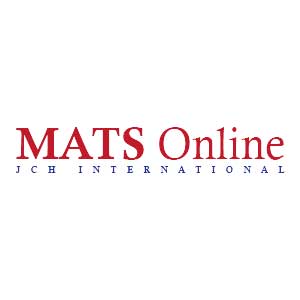

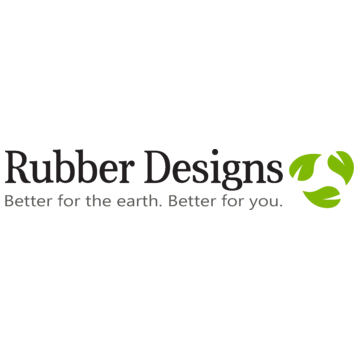
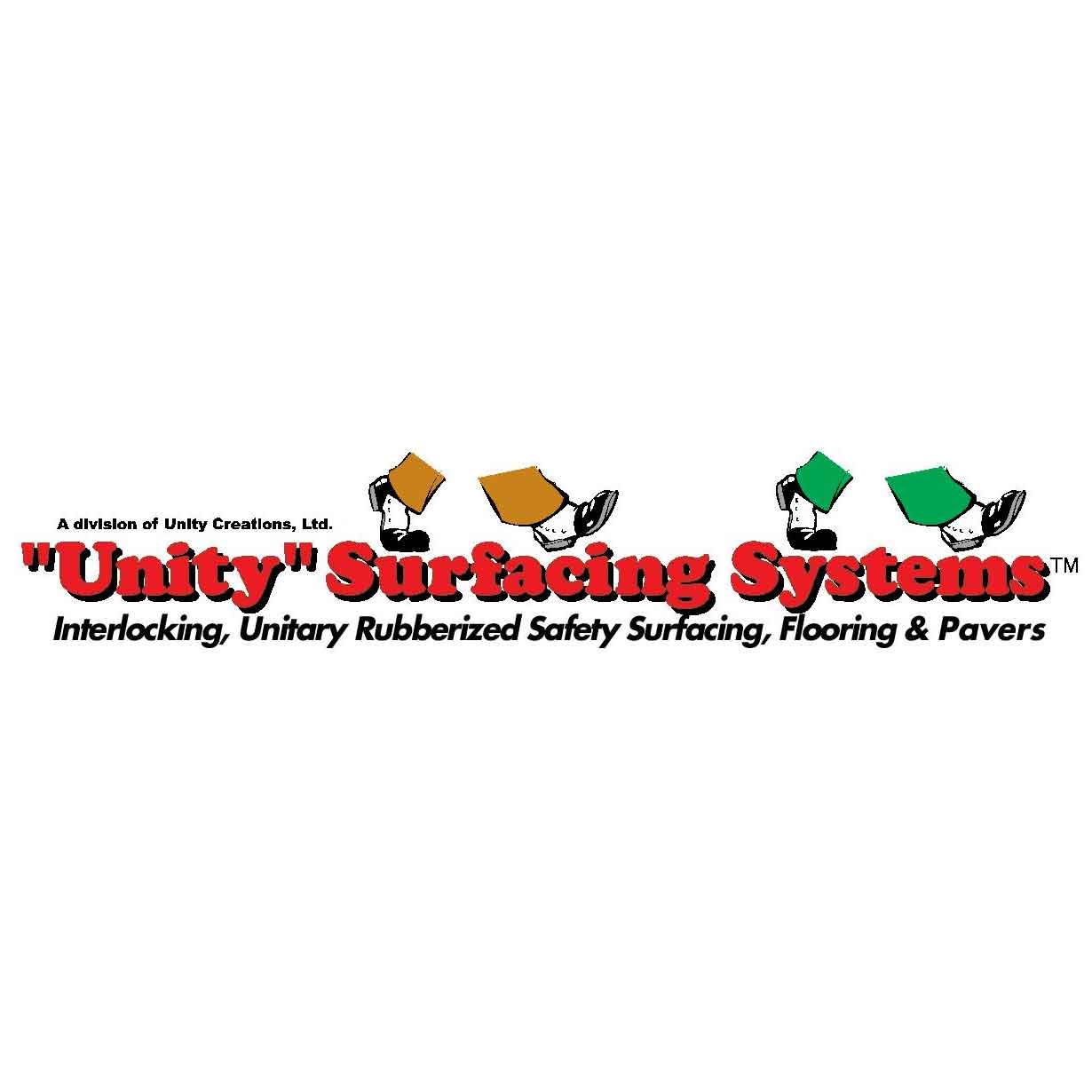
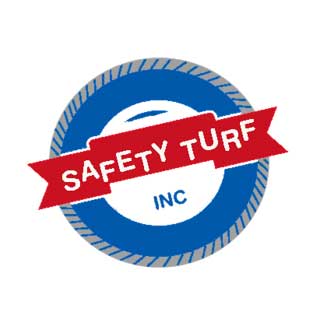
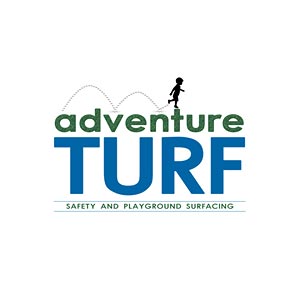
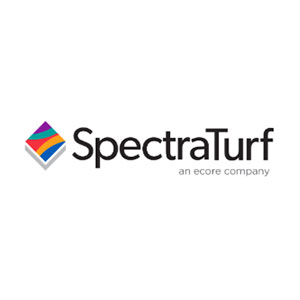
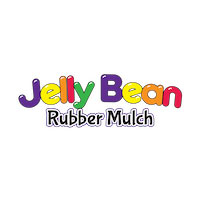
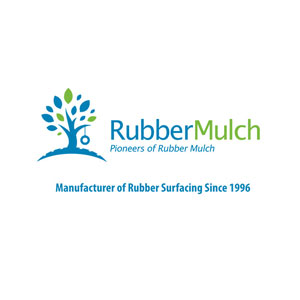
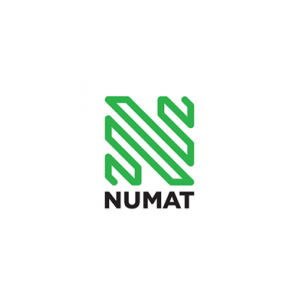
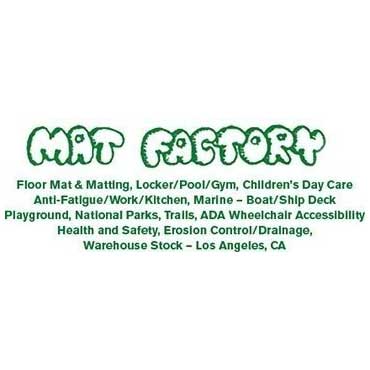

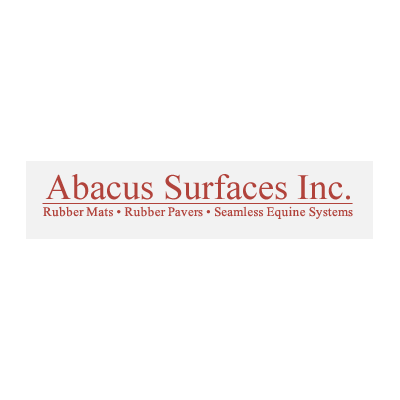
Add new comment